
Ultimate Guide to Choosing the Right Caster Connection Wheels for Your Needs
In today's fast-paced manufacturing and logistics industries, selecting the appropriate Caster Connection Wheels is crucial for operational efficiency and safety. A report from the Material Handling Industry of America indicates that optimal caster selection can enhance productivity by up to 30%, significantly reducing downtime. With a variety of types available—including swivel, rigid, and specialized casters—understanding the specific demands of your application becomes essential. Factors such as load capacity, wheel material, and environmental conditions play a pivotal role in determining the right caster solution. As companies increasingly focus on improving their supply chain operations, making informed decisions regarding caster products can lead to enhanced mobility and reduced maintenance costs, ultimately supporting long-term business goals. This ultimate guide will delve into the various types of Caster Connection Wheels, equipping you with the knowledge to make the best choices tailored to your needs.

Types of Caster Connection Wheels: A Comprehensive Overview
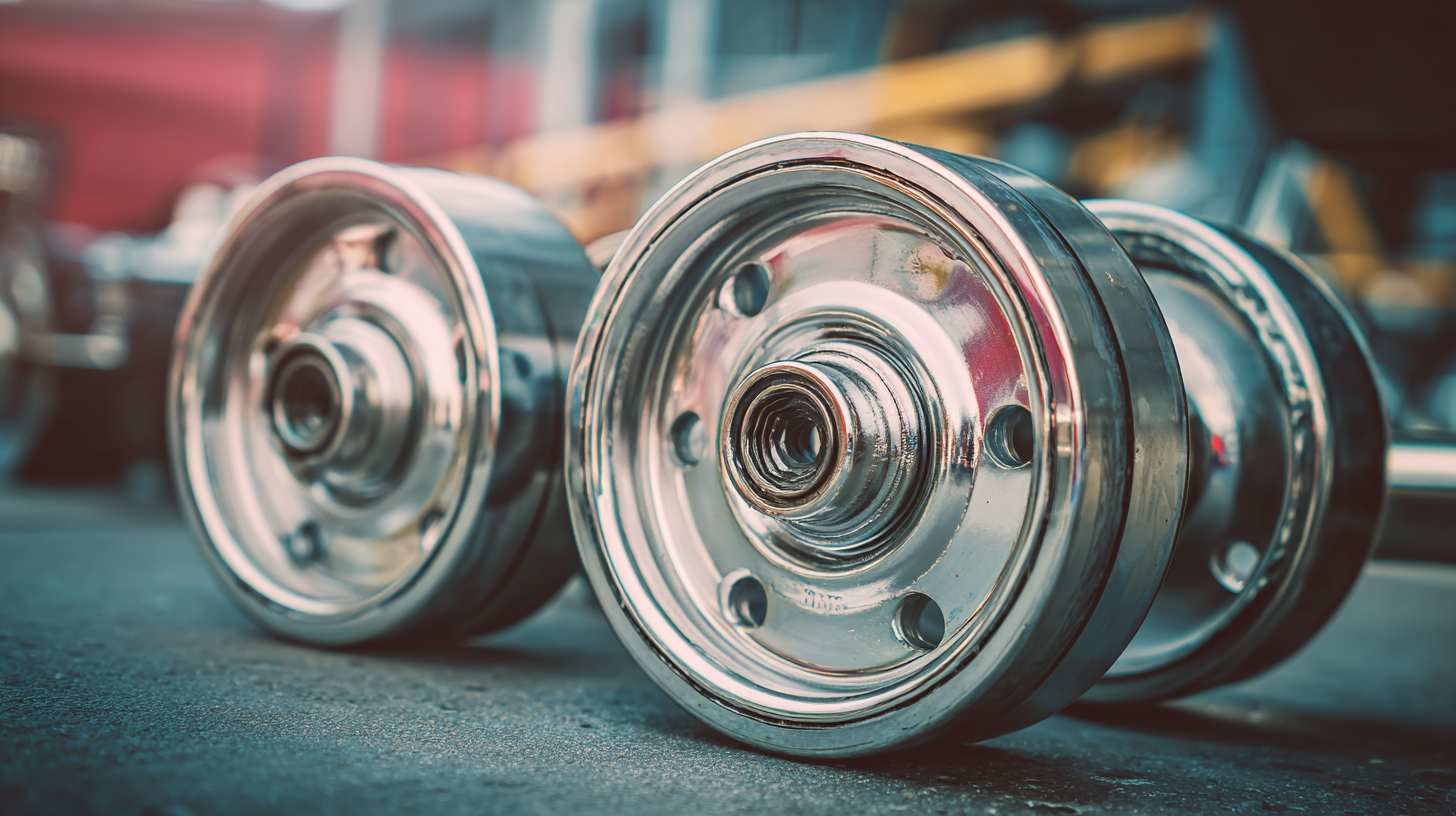 When selecting caster connection wheels, it is essential to understand the various types available to ensure they meet your specific needs. The primary categories include rigid casters, swivel casters, and locking casters.
Rigid casters are designed to move in a straight line, making them ideal for stable, heavy-duty applications. In contrast, swivel casters offer enhanced maneuverability, allowing for smooth directional changes, which is crucial in tight spaces or dynamic environments.
Locking casters are beneficial for situations where stability and safety are paramount, as they can secure equipment in place when not in motion.
When selecting caster connection wheels, it is essential to understand the various types available to ensure they meet your specific needs. The primary categories include rigid casters, swivel casters, and locking casters.
Rigid casters are designed to move in a straight line, making them ideal for stable, heavy-duty applications. In contrast, swivel casters offer enhanced maneuverability, allowing for smooth directional changes, which is crucial in tight spaces or dynamic environments.
Locking casters are beneficial for situations where stability and safety are paramount, as they can secure equipment in place when not in motion.
Additionally, materials play a significant role in caster performance. Generally, rubber and polyurethane wheels provide a balance of durability and sound absorption, making them suitable for a range of flooring surfaces. For environments with specific conditions, such as chemical exposure or extreme temperatures, specialized caster materials might be necessary to ensure longevity and effectiveness. Understanding these distinctions will help you make an informed decision, enhancing your operational efficiency and contributing to a smoother workflow in your projects.
Key Considerations for Selecting the Right Caster Wheel Type
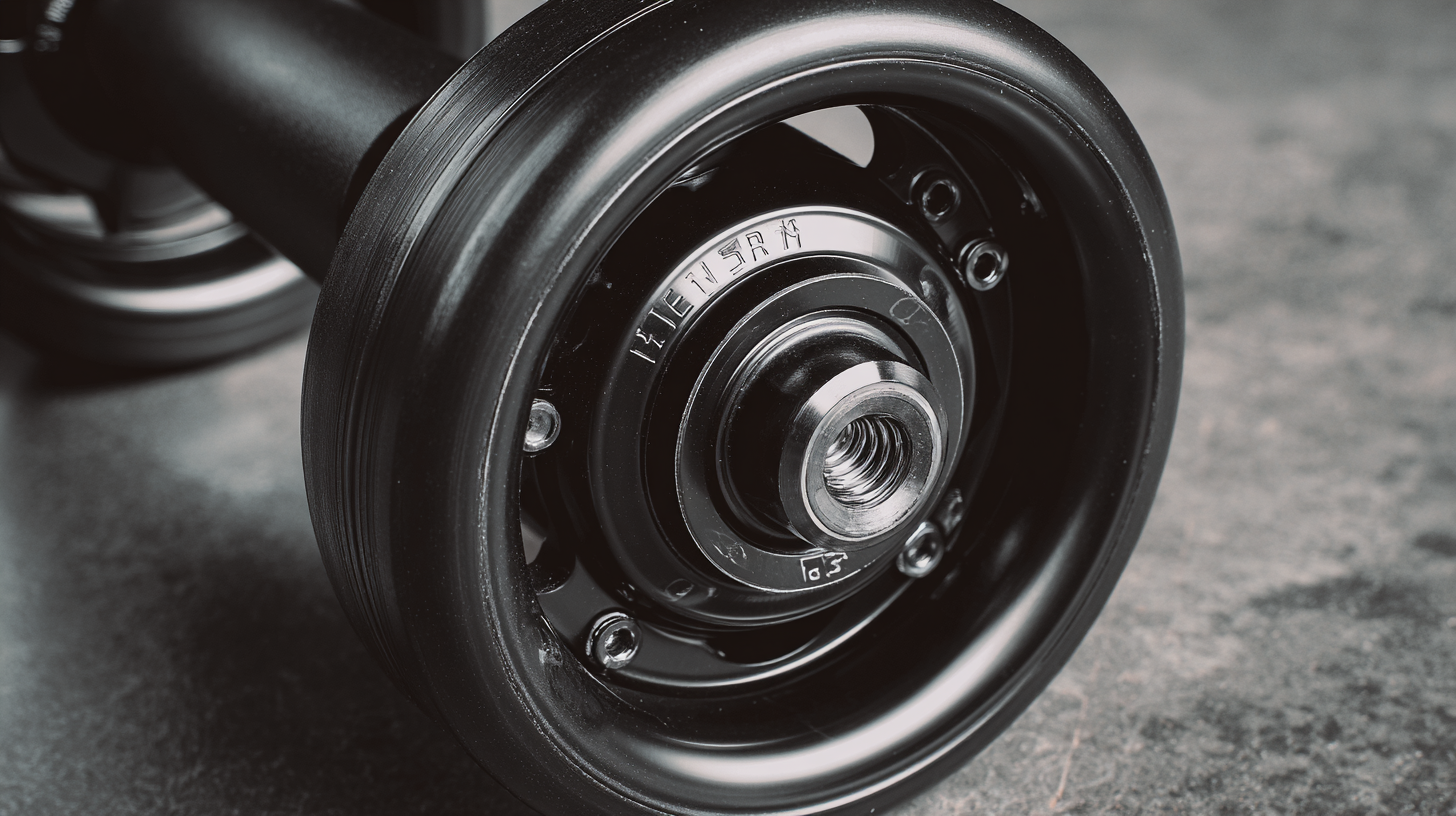 When it comes to selecting the right caster wheels for various applications, several key considerations should be taken into account. The material of the wheels is crucial; for instance, polyurethane wheels offer excellent durability and shock absorption, making them ideal for uneven surfaces. According to a recent industry report from the Caster & Wheel Association, the right wheel composition can reduce rolling resistance by up to 30%, significantly enhancing maneuverability and decreasing operator fatigue.
When it comes to selecting the right caster wheels for various applications, several key considerations should be taken into account. The material of the wheels is crucial; for instance, polyurethane wheels offer excellent durability and shock absorption, making them ideal for uneven surfaces. According to a recent industry report from the Caster & Wheel Association, the right wheel composition can reduce rolling resistance by up to 30%, significantly enhancing maneuverability and decreasing operator fatigue.
Another critical factor is the wheel size and load capacity. It's essential to match the wheel size with the load requirements to ensure optimal performance and longevity. Larger wheels typically navigate over obstacles more easily, while smaller wheels allow for tighter turns. Data from a comprehensive study suggests that using casters rated for at least 25% more than the expected load can extend the life of the wheels by up to 50%.
Tips: Ensure that you assess the floor surface where the casters will be used; rougher surfaces will require tougher materials. Additionally, consider the environment—wheels exposed to chemicals or extreme temperatures may need specific formulations to withstand degradation. Always keep in mind the intended use to ensure that your selections maximize efficiency and performance.
Comparative Analysis of Load Capacities in Caster Wheel Types
When selecting caster connection wheels for various applications, understanding the load capacities of different wheel types is crucial. Each caster wheel design comes with its specific load-bearing strengths, influenced by factors such as materials, sizes, and intended use.
For instance, heavy-duty casters are designed to support significant weights, making them ideal for industrial environments, whereas lighter models are more suitable for mobility devices or furniture. A comparative analysis reveals that while larger wheels can traverse obstacles more efficiently, they may compromise maneuverability in tighter spaces.
Tips for choosing the right casters include assessing the environment in which they'll be used. For heavy and bulk-loading scenarios, opt for wheels with a higher load capacity and robust construction. Additionally, consider the surface materials—hard wheels perform better on smooth surfaces, while softer wheels provide additional grip on uneven terrain. Innovations such as novel caster mechanisms significantly enhance the adaptability of robotic platforms, enabling them to overcome obstacles like stairs effectively. By prioritizing the right specifications and designs, one can ensure optimal performance and longevity of caster wheels in various applications.
Durability and Material Selection for Different Caster Connection Wheels
When it comes to selecting caster connection wheels, choosing the right material is crucial for ensuring durability and functionality. Caster wheels are typically made from various materials, including rubber, polyurethane, and thermoplastic elastomers, each offering different benefits. According to industry reports, polyurethane wheels are favored for their abrasion resistance and ability to handle heavy loads, making them suitable for both indoor and outdoor applications. In contrast, rubber wheels provide excellent grip and shock absorption, which is ideal for utilizing on uneven surfaces.
The longevity of caster wheels can also depend on their specific applications. For example, in environments with high moisture or chemicals, selecting corrosion-resistant materials is essential. Research shows that casters with stainless steel components can significantly increase lifespan and reduce maintenance costs in these settings. As Sally Hughes highlighted in her entrepreneurial journey, where she began selling wheel solutions from her car, understanding the right material selection for caster wheels can enhance both the functionality and aesthetics of furniture, making it more adaptable to various needs. By equipping furniture with appropriate casters, users can maximize usability and transformation potential in their spaces.
Durability of Different Caster Connection Wheels Based on Material
Impact of Caster Wheel Design on Maneuverability and Performance
The design of caster wheels plays a pivotal role in both maneuverability and performance, making it crucial for businesses to understand how these factors can impact their operations. Various industry studies, including data from the Caster and Equipment Manufacturers Association (CEMA), indicate that wheel design variations can affect performance metrics by as much as 25%. Specifically, features such as wheel diameter, material type, and tread profile are essential for optimizing movement in different environments, such as warehouses or hospitals, where agility is paramount.
For instance, larger wheels, typically ranging from 6 to 8 inches in diameter, provide increased stability and ease of navigation over uneven surfaces, while smaller wheels excel in tightly controlled areas. Additionally, the choice between soft and hard wheel materials can significantly impact the maneuverability; soft rubber wheels are better suited for shock absorption and slow movements, while hard plastic wheels can enhance speed on smooth surfaces. Understanding these characteristics allows businesses to tailor their caster wheel choices to their specific operational needs, ultimately leading to improved efficiency and reduced fatigue during transport tasks.
Ultimate Guide to Choosing the Right Caster Connection Wheels for Your Needs
| Caster Type | Wheel Material | Load Capacity (lbs) | Wheel Diameter (in) | Maneuverability |
|---|---|---|---|---|
| Swivel Caster | Polyurethane | 600 | 4 | High |
| Rigid Caster | Steel | 800 | 6 | Medium |
| Pneumatic Caster | Rubber | 500 | 10 | Very High |
| Caster with Brake | Nylon | 700 | 5 | Medium |
| Heavy-Duty Caster | Cast Iron | 1200 | 8 | Low |
Related Posts
-
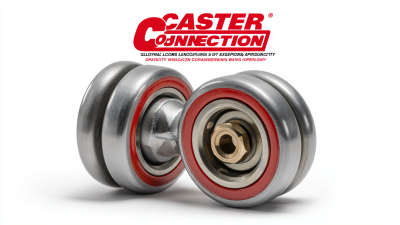
Global Leader in Caster Connection Wheels Manufacturing for Export Quality and Innovation
-

What Are the Key Features of Caster Trolley Wheels
-
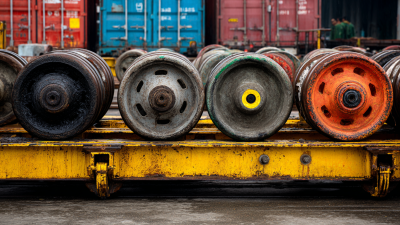
Navigating Export Certification for Best Heavy Caster Wheels: A Guide for Global Buyers
-

Understanding the Challenges of Heavy Caster Wheels in Industrial Applications
-

How to Choose the Right Caster Trolley Wheels for Your Needs
-
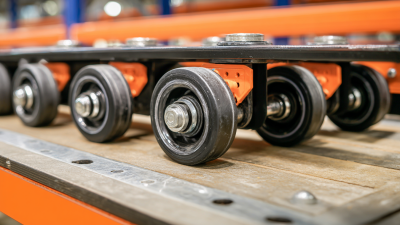
Maximize Efficiency with Innovative Caster Trolley Wheels for Heavy Duty Applications
